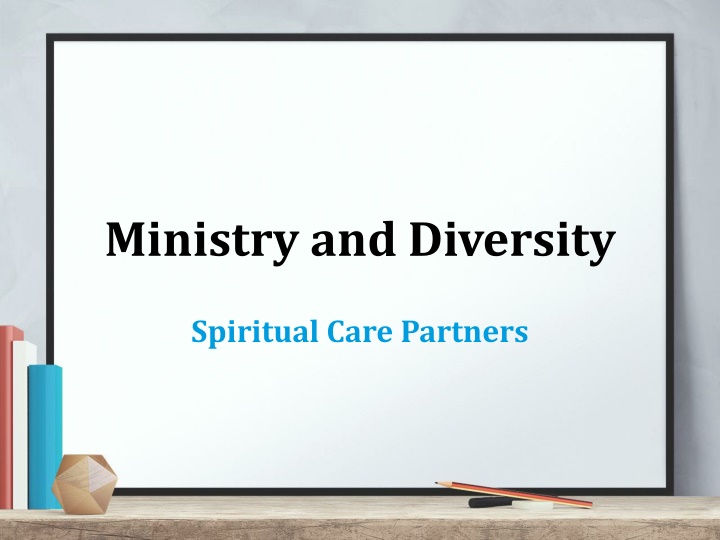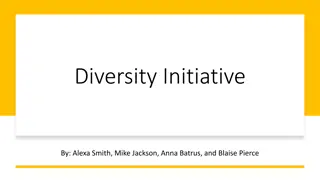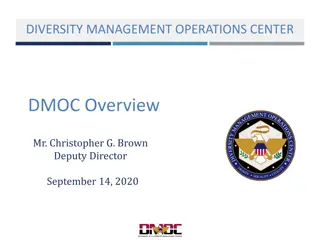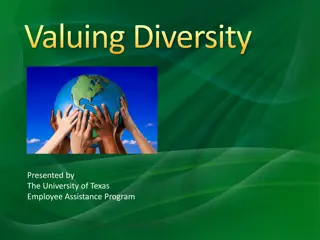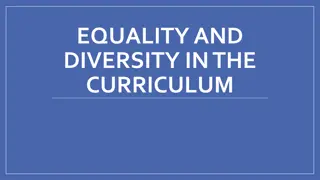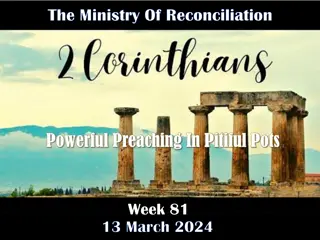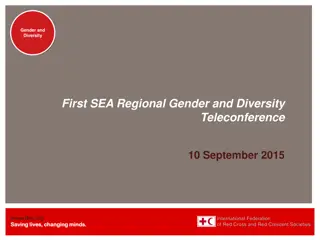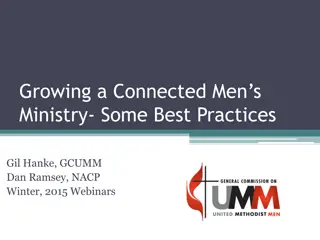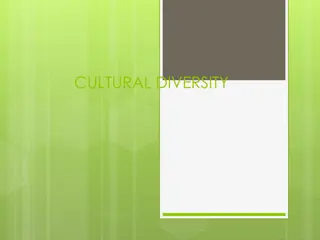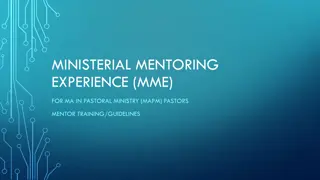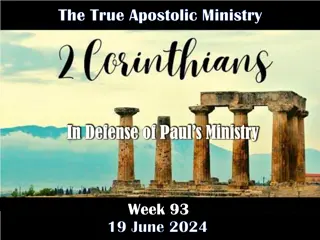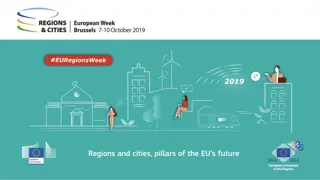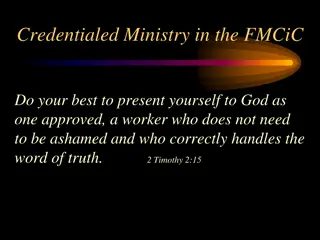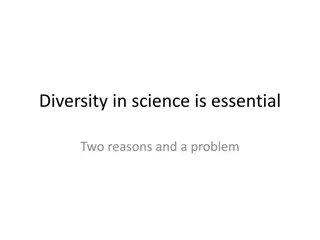Ministry and Diversity
Promoting diversity in spiritual care partnerships through the Ministry and DiversitySpiritual Care Partners program. This initiative aims to foster collaboration and understanding among individuals from different backgrounds, enhancing the quality of spiritual care provided. Join us in creating inclusive and supportive environments for all.
Download Presentation

Please find below an Image/Link to download the presentation.
The content on the website is provided AS IS for your information and personal use only. It may not be sold, licensed, or shared on other websites without obtaining consent from the author.If you encounter any issues during the download, it is possible that the publisher has removed the file from their server.
You are allowed to download the files provided on this website for personal or commercial use, subject to the condition that they are used lawfully. All files are the property of their respective owners.
The content on the website is provided AS IS for your information and personal use only. It may not be sold, licensed, or shared on other websites without obtaining consent from the author.
E N D
Presentation Transcript
Ministry and Diversity Spiritual Care Partners
Some Categories of Diversity Race Ethnicity Language, dialect Religion Regions: mountains/ country/city/islands Sexual orientation Gender/gender identity Age Generation Ability/disability Education Socio-economic status Political party Worldview Life experience Birth order Etc. 2 2
Listen for the Diversity The art of meeting people where they are in their journey Listening for the story All people regardless of their background or culture want to be heard. Do not make assumptions based on other people of the same culture, language, group, or background. Each person and family is unique. People integrate their culture and beliefs differently. 3
Global Community at our doorstep Diversity in our patients, staff, volunteers, religious communities, hospitals, clinics, neighborhoods, schools 4 4
Unconscious Bias The tendency to stereotype others is greater than we realize. It s almost automatic until we become conscious of it in the moment. To consider as we interact with others: Do we really listen, or have we formed a stance or opinion based on our unconscious bias and preconceived expectations? 5
Our Own Story Important to: Explore our own experience with diverse populations Learn about diversity within our own heritage Become aware of our own prejudices/areas of growth Exercise cultural humility when encountering different groups of people 6
Social Location The groups people belong to because of their place or position in history and society. All people have a social location that is defined by their gender, race, social class, age, ability, religion, sexual orientation, and geographic location. Each group membership confers a certain set of social roles and rules, power, and privilege (or lack of), which heavily influence our identity and how we see the world. University of Victoria 7 7
Discussion You will see some pictures on the following two slides. In small groups, please discuss the following: What differences do you see between the pictures that are side by side? How do they depict social location? After five minutes, come back together and discuss the questions in the large group. 8
The Makeup of Social Location Gender/gender identity Race Immigration experience Majority or minority Physical location (city/state/country/ community) Socio-economic status Sexual orientation Level of education Religion Physical ability or disability Etc. 11 11
Application to Spiritual Care Our social location influences our behavior more than we realize. Often influences how we see the world Describes our uniqueness and the gift that our uniqueness can bring to others Can lead to biases and assumptions Self-awareness helps us see our biases and set them aside in order to provide good care. 12
Narrative Aspect of Social Location Our social location is an important part of our personal story. Within our social location there are probably experiences of pain and hardship, as well as stories of joy and success. Knowing our social location helps us to be sensitive to other peoples experiences and invite them to share their stories without fear of judgment. 13
Exercise On a piece of paper, please spend 5 10 minutes on the following exercise: 1.Describe your social location using the categories listed on slide #11. You may write them in list format or as a paragraph narrative. 2.How does your social location influence how you view the world? Large group: Please feel free to share your response with the group if you feel so led. Sharing is optional; only if you feel comfortable. 14
Resources A Dictionary of Patients Spiritual & Cultural Values for Health Care Professionals Compiled by HealthCare Chaplaincy CultureVision (requires subscription) www.crculturevision.com/subscribers/welcome Diversity and Disparities Overview Catholic Health Association www.chausa.org; www.chausa.org/disparities/overview www.diversity.com/Catholic-Health-Initiatives Ministry in the Spiritual and Cultural Diversity of Health Care: Increasing the Competency of Chaplains Robert Anderson and Mary Fukuyama, editors Virginia Office of Diversity and Inclusion www.diversity.va.gov If not in Virginia, see if your state has a comparable office/department Your system s cross cultural office (For Bon Secours Mercy: Bon Secours Virginia Cross Cultural Department: crosscultural@bshsi.org) 15
Sources Stock Images from www.pexels.com Quote about Social Location, from the University of Victoria: http://web2.uvcs.uvic.ca/courses/csafety/mod2/ glossary.htm 16
